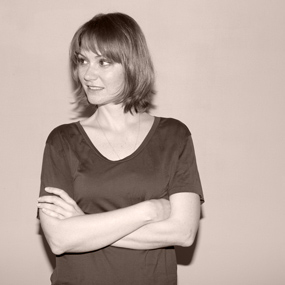Memphis-native Dennis Zanone talks about his postmodern preoccupation
Memphis in Memphis
Memphis, Tennessee-native Dennis Zanone is quite possibly the world’s greatest fan of Memphis design. Over the past two decades, he’s amassed an outstanding collection of postmodern pieces—from the iconic, like Ettore Sottsass’s Carlton Bookcase, to the obscure, like Peter Shire’s Anchorage Teapet. It not hyperbole to say his home is a living tribute to ’80s-era design.
Since Memphis has been in the air lately, we thought we’d go to an expert for some insights into this most recognizable of design styles.
WC: When did you start collecting Memphis, and why were you initially attracted to this work?
DZ: I started collecting Memphis design in the early ’90s. I liked the odd shapes, mix of materials, and the use of vibrant color—and that fact that it was, in a way, named for my hometown. I remembered seeing it in the mid ’80s at an exhibition, and my brother Don, who collects midcentury modern, said that he thought Memphis would be a period collectible at one point in the future. A few pieces bought at auction turned into an obsession. And now my home is filled with postmodern design, and the main emphasis is Memphis-Milano.
WC: How would you say design changed after Memphis?
DZ: I actually think modern design became more functional after the ’80s. Sottsass considered Memphis as an ephemeral movement intended to shake up late ’70s, early ’80s design—not a reaction to fine midcentury design. People who like Memphis appreciate it as a design study; and those who are repulsed by it have a visceral reaction to its cartoonish, over-consuming, "greed is good" vibe. So you either love it or hate it I've found. There’s no equivocation on the subject.
WC: Do you have any recommendations for those who’d like to start collecting Memphis work?
DZ: As with art, buy what you like and can live with, and start with the more common pieces that are less expensive and easier to find at galleries and auctions; then add larger pieces. I started with the furniture then realized I needed some of the metal pieces, and that led to wanting some of the art glass pieces.
WC: What is your favorite piece of Memphis design, and why?
DZ: My favorite piece is the Tawaraya (Boxing Ring Bed) by Masanori Umeda from 1981. It is the largest piece made by Memphis, and it’s considered a piéce de résistance along with the Plaza Vanity by Michael Graves. Of course, I use the Tawaraya as my bed, and I find it very practical. The Memphis design ethos was that form doesn't have to follow function, yet all of the pieces function as intended. I guess that's the difference between living with the pieces and seeing them in photographs in print.
Check out these photos from Dennis’s collection!
If you’d like to know more about Dennis’s collection, you should peruse the various sites he maintains just for the love of Memphis: www.memphis-milano.org, https://www.facebook.com/MemphisMovement, and www.bit.ly/MemphisMovement.
*All images courtesy Dennis Zanone; © the artists
-
Text by
-
Wava Carpenter
Seit ihrem Studium in Designgeschichte an der Parsons School of Design hatte Wava schon in vielen Bereichen der Designkultur den Hut auf: sie lehrte Designwissenschaft, kuratierte Ausstellungen, überwachte Auftragsarbeiten, organisierte Vorträge, schrieb Artikel und erledigte alle möglichen Aufgaben bei Design Miami. Wava lässt den Hut aber im Büro – auf der Straße bevorzugt sie ihre Sonnenbrille.
-
Designbegeisterte hier entlang
Italienische Super Tischlampe von Martine Bedin für Memphis Milano, 1980er
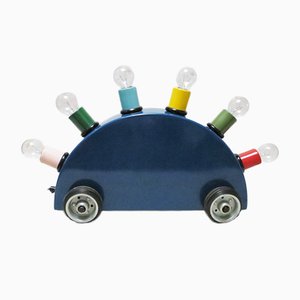
Postmodernes Sideboard, 1980er
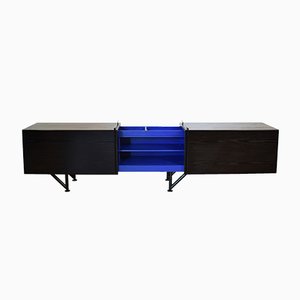
Vintage Bay Tischlampe von Ettore Sottsass für Memphis
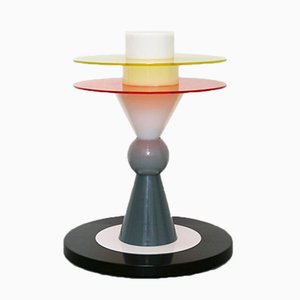
Italienischer Gloucester Stuhl von George Sowden für Memphis Milano, 1980er

Esstisch im Memphis Stil, 1980er
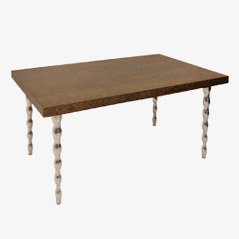
Leder Tagesbett im Memphis Stil, 1980er
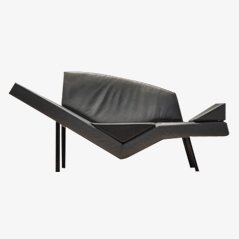
Kleiderhaken aus Lackiertem Holz von Robert Jean Chapuis, 3er Set
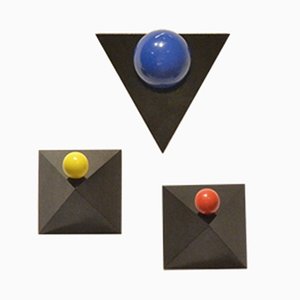
First Chair von Michele De Lucchi für Memphis Milano, 1990er, 2er Set
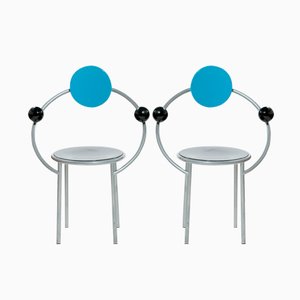
Vintage Stuhl von Michele de Lucchi für Memphis Milano


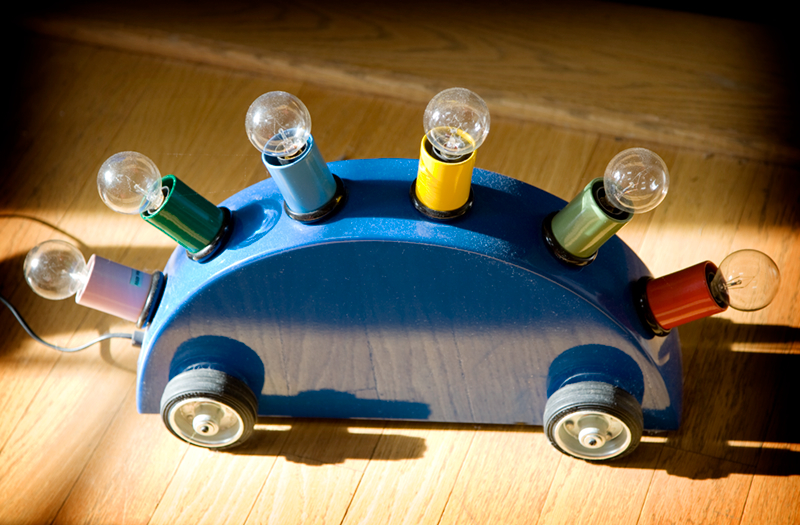 Dennis's Super Lamp by Martine Bedin, 1981
Dennis's Super Lamp by Martine Bedin, 1981
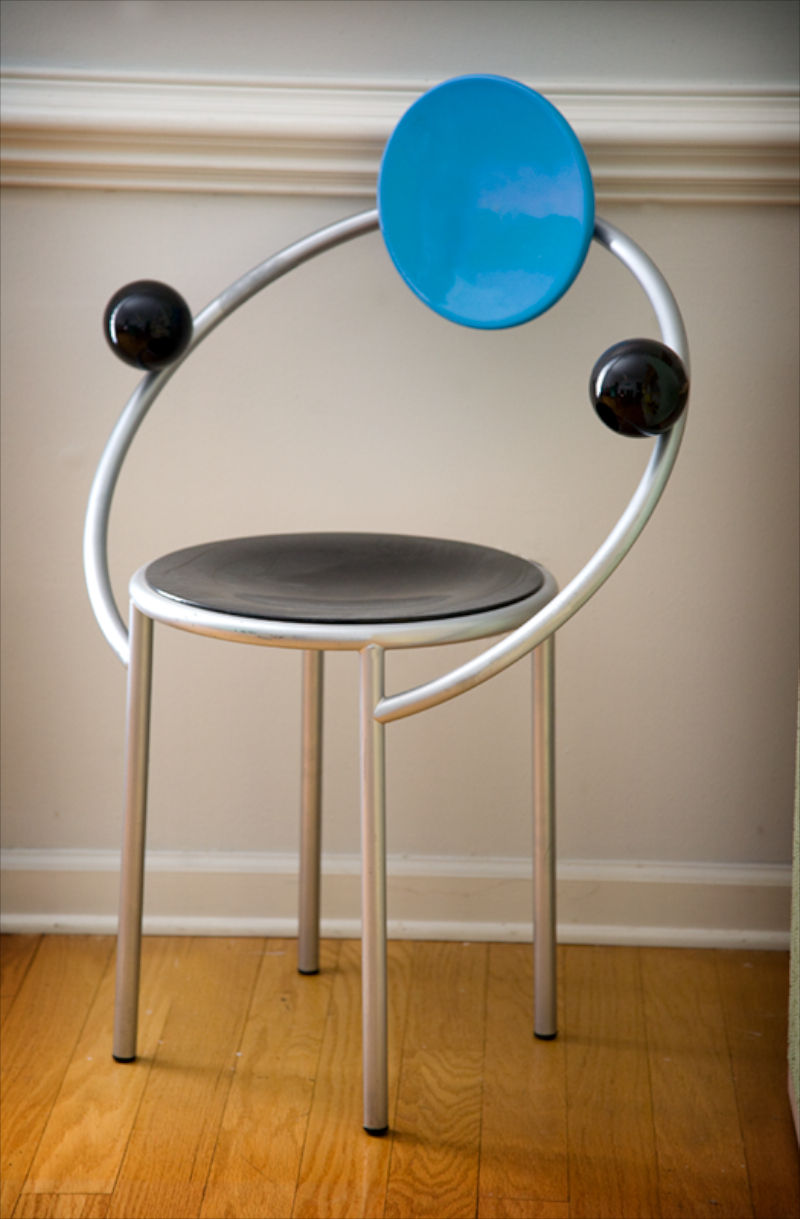 First Chair by Michele De Lucchi, 1983
First Chair by Michele De Lucchi, 1983
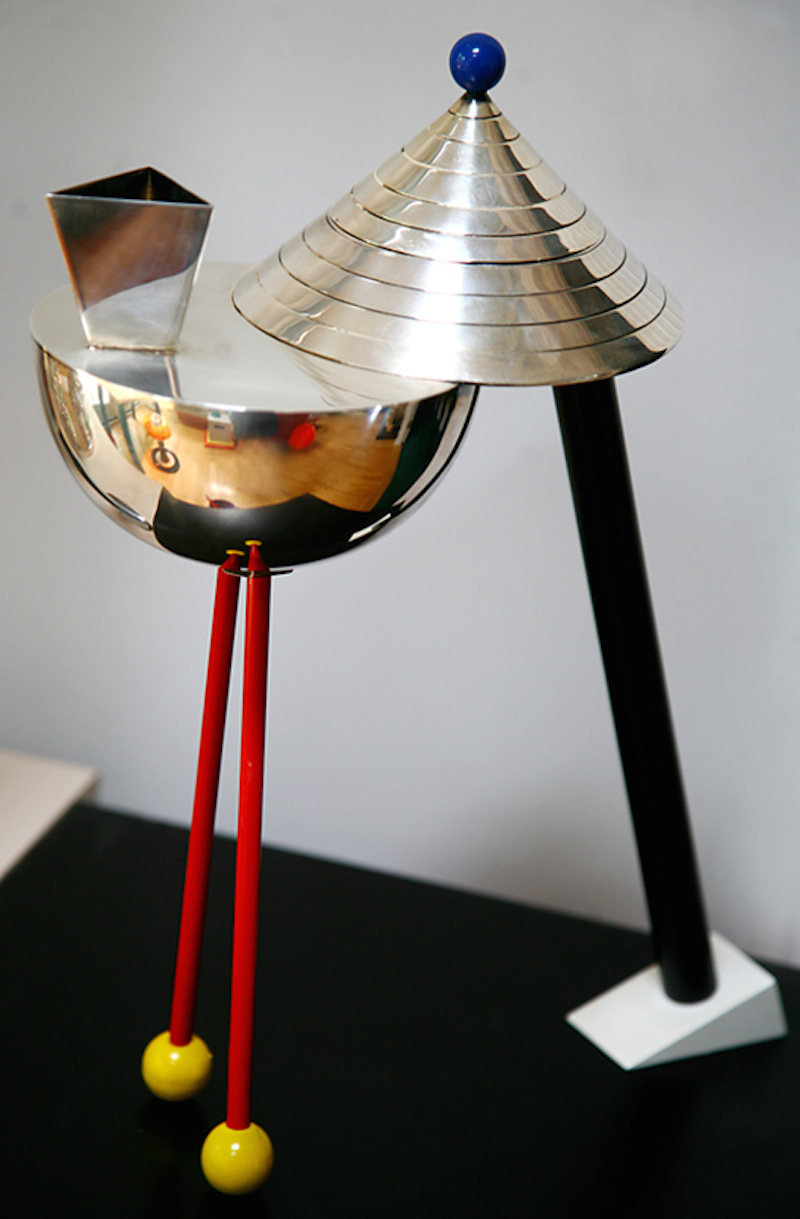 Anchorage Teapot by Peter Shire, 1982
Anchorage Teapot by Peter Shire, 1982
 Flamingo Table by Michele De Lucchi, 1984
Flamingo Table by Michele De Lucchi, 1984
 Metropole Clock by George Sowden, 1982.
Metropole Clock by George Sowden, 1982.
 Lido Sofa by Michele De Lucchi, 1982
Lido Sofa by Michele De Lucchi, 1982
 Kristall Table by Michele De Lucchi, 1981
Kristall Table by Michele De Lucchi, 1981
 Alpha Centauri Vase by Marco Zanini, 1982
Alpha Centauri Vase by Marco Zanini, 1982
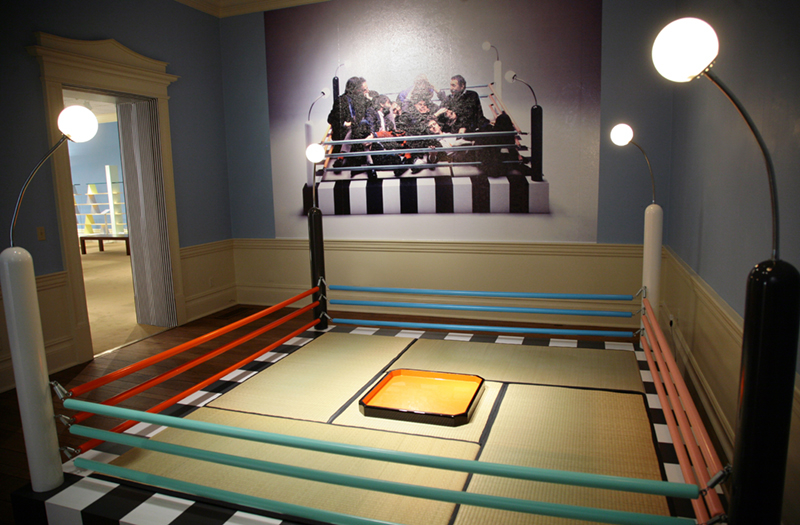 Tawaraya Bed by Masanori Umeda, 1981—installed in the Dixon Gallery & Gardens
Tawaraya Bed by Masanori Umeda, 1981—installed in the Dixon Gallery & Gardens
